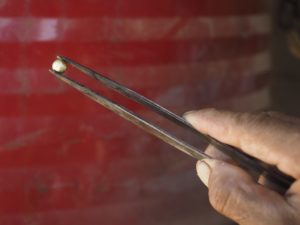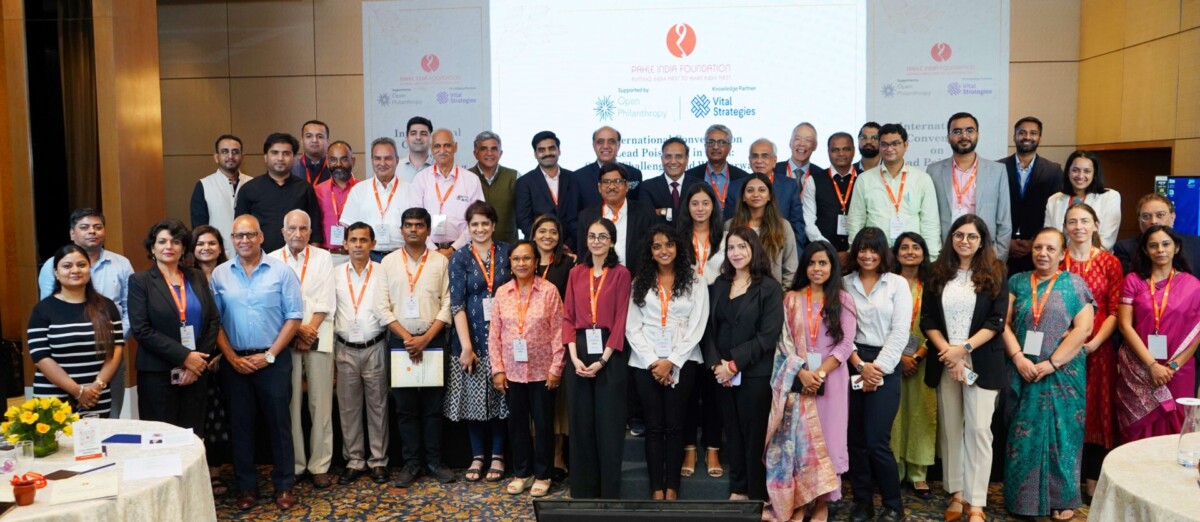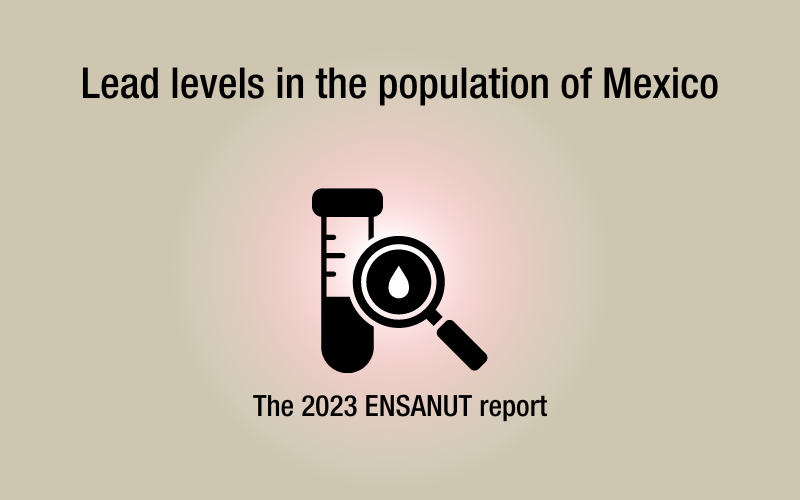
Do you know where the gold in your jewelry and electronics come from?
About 10% to 25% of the world’s total gold supply comes from artisanal gold mining, the leading source of mercury pollution in the world. Mercury released by artisanal gold miners account for about 30% of global emissions.
Pure Earth has identified toxic mercury as one of the top six toxic threats with an estimated 19 million people worldwide at risk of mercury poisoning. To date, Pure Earth’s Global Mercury Program has trained nearly 2000 artisanal gold miners worldwide to go mercury-free, and educated over 2,500 miners, community members (including children), health workers and government stakeholders about the dangers of mercury.
But while the issue of gold and mercury is one of the world’s worst pollution problems, the average consumer still has little idea where the gold in his or her jewelry or electronics comes from.
This is something a small but growing group of concerned designers and professionals in the jewelry industry is hoping to change. They include Hoover and Strong and Ethical Metalsmiths — who supported our Pure Earth Pure Gold 2016 benefit auction, which featured jewelry from over 20 designers created using mercury-free, responsibly-sourced from a mine in Peru.
We asked them for the industry perspective on the issue.
 Hoover and Strong works with many independent designers to create jewelry for a range of labels. In 2007, the company began focusing on responsible sourcing, offering 100% recycled precious metals, and later obtaining third party certification as a responsible source. The mercury-free, Fairmined gold used by designers in the Pure Earth Pure Gold benefit jewelry auction was generously donated by Hoover and Strong. We spoke with Stewart Grice, a V.P. at Hoover and Strong.
Hoover and Strong works with many independent designers to create jewelry for a range of labels. In 2007, the company began focusing on responsible sourcing, offering 100% recycled precious metals, and later obtaining third party certification as a responsible source. The mercury-free, Fairmined gold used by designers in the Pure Earth Pure Gold benefit jewelry auction was generously donated by Hoover and Strong. We spoke with Stewart Grice, a V.P. at Hoover and Strong.
Q: Has there been an increasing demand from designers/the industry for responsible gold?
A: Yes there has, but it is still only at a very low level. There is, however, an increase in demand from jewelers wanting “responsible” gold, but not a great increase in demand per-se for “mercury-free” or “mercury reduced” gold. In general there is a core of like-minded people in the industry who are leading the way for others – many attended the Jewelry Industry Summit in NYC recently. There are also some bigger retailers pushing responsible sourcing – which is great. But not much discussion on mercury-free. However, this may be all encompassing and not mentioning mercury directly does not exclude it. So, to summarize, there is a big increase in demand for responsible gold, but not much demand yet for mercury-free gold.
Q: Do designers/clients know where their gold is coming from?
A: There is still a great deal of the industry that do not know where their gold is coming from. However, more and more are asking, particularly from the designer end of the market.
Q: What do you think needs to be done in order to stimulate demand for mercury-free/reduced gold?
A: Consumer education! If customers ask for it, jewelers will supply it. Also education within the industry is very important, but the most important education is to the public. Back in the 90’s, the Platinum Guild was hugely successful in getting platinum popular again, and it did this not by education and marketing to the jewelry industry, but to the consumer. People went into jewelry stores asking for platinum, so the jewelers had to sell it. The same applies here. If people go into stores demanding mercury-free gold, then jewelers will supply it because they are responding to consumer choice.
Ethical Metalsmiths’ approach is to raise awareness and activate people who make jewelry to support real change that leads to responsible mining and supply chain transparency. We spoke with designer Martin Taber, president of Ethical Metalsmiths. Taber created his Lighthouse ring for the Pure Earth Pure Gold auction.
Q: Did you know about the connection between mercury and gold?
A: Growing up in California I’ve known about the link between mercury and gold most of my life. But only in the last several years have I come to understand just how insidious the problem of mercury is. From the polluting of almost every river in the Sierra Nevada to the poisoning of the fish we eat, California’s golden legacy is a cautionary tale of the long term costs often unattended to in the fever for mining gold.
Q: What do you think designers/consumers should do about the problem?
A: I think the majority of designers and consumers remain woefully ignorant of the damaging effects associated with gold mining. Even when they are aware there are very limited options and I think most designers have a difficult time figuring out how to change their business model to support more care driven standards.
What can we do?… We artisans of conscience can create a unified voice, proclaiming the value of ethically mined gold. Through our passion, our purchasing power and the intimate, personal relationships we cultivate with our customers on a daily basis we can help redefine our industry and begin telling a different story about mining and the transformative value of gold.
In essence we have the opportunity of using market forces to educate customers about the true costs associated with their purchase while giving them the opportunity to effect significant, market-driven change.
Learn more:





